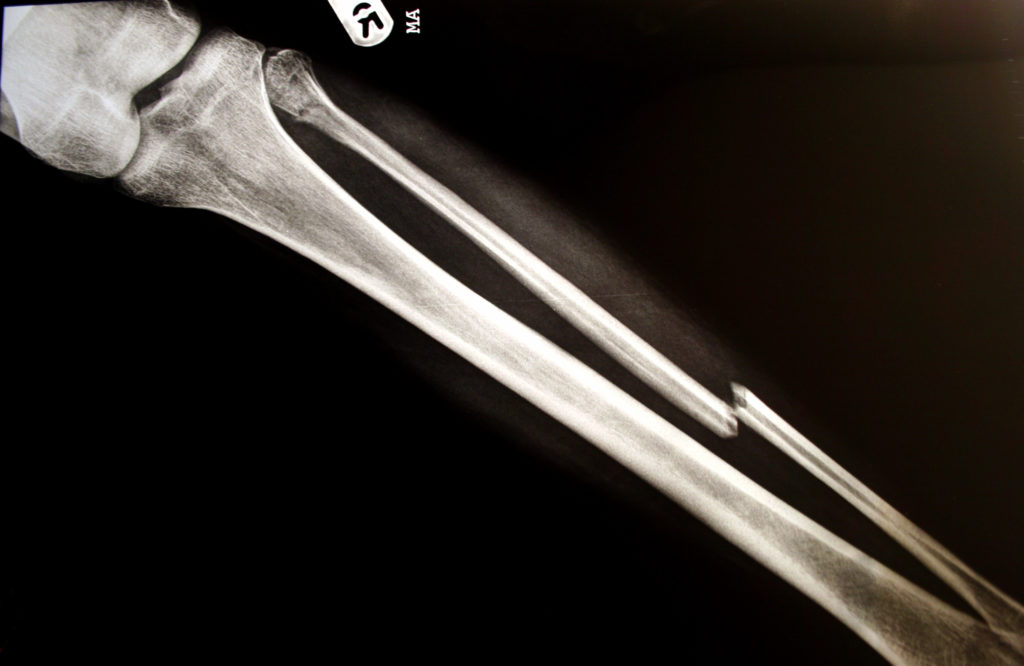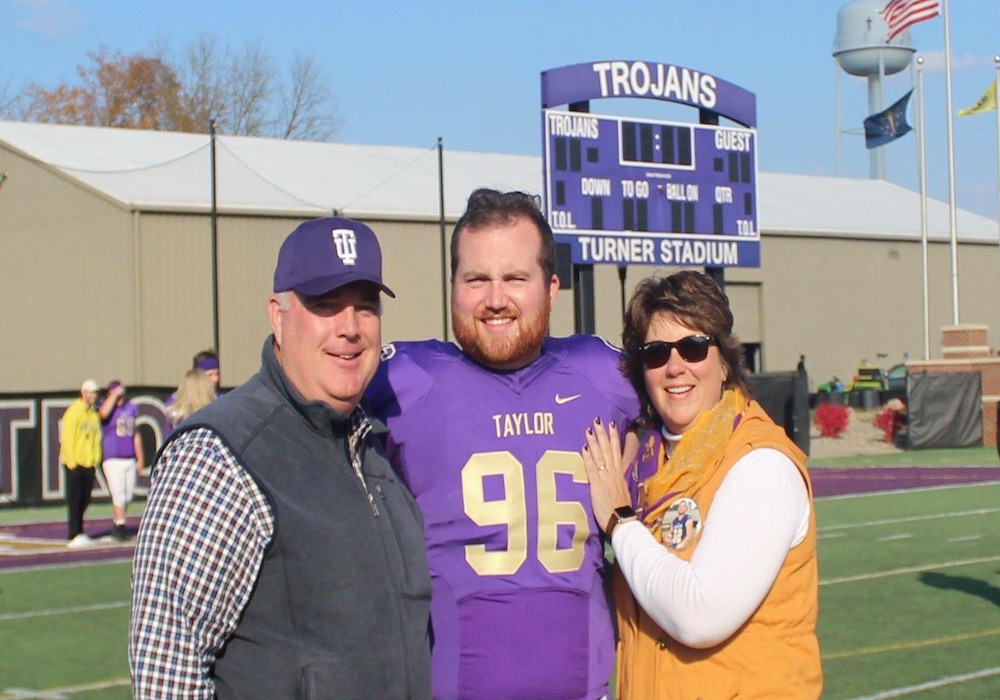After bone trauma, difficulty with bone healing, alignment or infection can occur. In most cases, with rest and immobilization after a fracture or surgery bones will heal with minimal complications. However, in some cases bones will not heal properly even with conventional treatment. This is referred to as a malunion or nonunion fracture and may make the return to function after an injury a challenge.
What is the difference between a nonunion and malunion?
Malunion and nonunion fractures can occur following damage to any of the body’s bones. Treatment for malunions and nonunions usually require surgery from an orthopedic surgeon. A malunion means that the bone has healed but it did not heal correctly after a break, while a nonunion means the bone has not realigned or healed completely at all.
What is a malunion fracture?
When the broken bone heals in an unusual position it is referred to as a malunion. A malunion can also mean that the limb is shortened, twisted or bent during the healing process.
Symptoms of a malunion
- Reduced function in the injured area
- Discomfort
- Pain
- Swelling
- Bruising
Malunion treatment
Some malunion fractures do not require surgery or treatment because there is not reduced function from the injury. However, if the broken bone positioning is damaging, surgical treatment may be necessary for a return to a normal functional lifestyle.
Surgery for a malunion fracture
Surgery by an orthopedic surgeon will help realign severe cases of malunion. Usually, an osteotomy (a surgical procedure) is used to restore alignment of bones and return the patient to normal activity. During an osteotomy, the surgeon will shorten, lengthen or realign the broken bones.
MAKE AN APPOINTMENT WITH AN ORTHOINDY TRAUMA SPECIALIST
What is a nonunion fracture?
A nonunion fracture happens when the broken bone fails to heal after a long period of recovery. If your orthopedic surgeon does not see signs of healing over a certain period of time, it may be a nonunion. This may be caused by an insignificant amount of bone tissue within the body to repair the broken bone, as well as other issues (smoking, diabetes, etc).
Symptoms of a nonunion
- Reduced function in the injured area
- Discomfort
- Pain
- Swelling
- Bruising
Nonunion treatment
Some nonunion fractures can be treated with electric stimulation or bracing. However, surgery may be necessary to treat some nonunion fractures.
Surgery for a nonunion fracture
During surgery for a nonunion fracture, an orthopedic surgeon will restore damaged bones and tissues around the broken bones. The surgeon may fill bone gaps with materials held by plates and screws to help stabilize the bone. In some cases, bone-grafts may be used to stimulate bone healing.
How long can a union take to heal?
Malunion and nonunion fractures can take some time to heal. The exact time of recovery depends on the area of injury and surgery. With the right team of medical professionals, malunion and nonunion fractures can be fixed, and you can return to a normal lifestyle.
Learn more about trauma care at OrthoIndy.
Schedule an appointment
Your well-being is important to us. Click the button below or call us to schedule an appointment with one of our orthopedic specialists. If your injury or condition is recent, you can walk right into one of our OrthoIndy Urgent Care locations for immediate care. For rehabilitation and physical therapy, no referral is needed to see one of our physical therapists.




